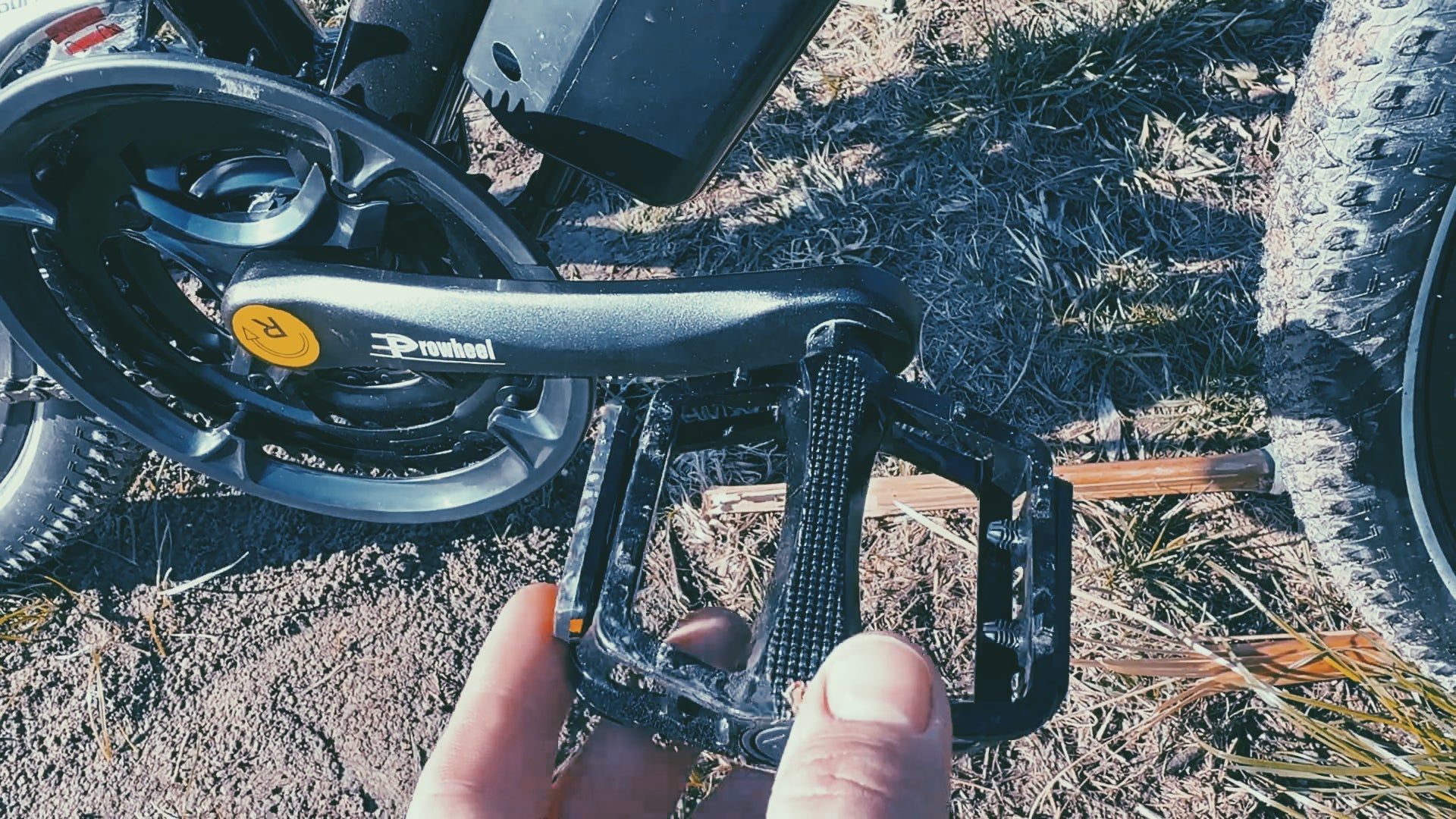Electric bikes (e-bikes) have revolutionised modern commuting and leisure cycling, offering riders the flexibility to choose between manual pedalling and motor-assisted propulsion. A common question among potential e-bike users is whether pedalling is necessary. The answer depends on the type of e-bike and its specific features.
Understanding Electric Bike Operation
E-bikes are equipped with electric motors that assist the rider's pedalling efforts. There are primarily two types of e-bikes:
- Pedal-Assist (Pedelec): These e-bikes require the rider to pedal to activate the motor. The motor provides assistance proportionally to the rider's pedalling intensity, making it easier to tackle hills and long distances.
- Throttle-Controlled: These e-bikes can be propelled using a throttle, similar to a scooter or motorcycle, allowing the rider to move without pedalling. However, pedalling can still be used in conjunction with the throttle for increased efficiency.
Pedalling Requirements Based on E-Bike Type
- Pedal-Assist E-Bikes: Pedalling is mandatory to engage the motor. The assistance level can often be adjusted to match the rider's preference.
- Throttle-Controlled E-Bikes: Pedalling is optional. Riders can use the throttle exclusively or combine it with pedalling for extended range and exercise benefits.
Legal Considerations
Regulations regarding e-bike operation vary by region. In the UK and EU, e-bikes are typically classified as Electrically Assisted Pedal Cycles (EAPCs) if they meet certain criteria, including a maximum motor power output of 250 watts and motor assistance that cuts off at 15.5 mph (25 km/h). E-bikes that can be propelled without pedalling (i.e., throttle-controlled) may be subject to different regulations and may require registration, insurance, and a driving licence.
Benefits of Pedalling an E-Bike
Even when not required, pedalling an e-bike offers several advantages:
- Extended Battery Life: Combining pedalling with motor assistance can conserve battery power, allowing for longer rides.
- Health Benefits: Engaging in physical activity through pedalling contributes to cardiovascular health and overall fitness.
- Enhanced Control: Pedalling can provide better control and stability, especially on varied terrains.
Rincc E-Bikes: Combining Flexibility and Performance
Rincc offers a range of e-bikes designed to cater to diverse rider needs:
- Rincc RN70: A robust e-bike suitable for off-road adventures, featuring a powerful motor and durable frame.
- Rincc R200: A compact, foldable e-bike ideal for urban commuting, combining convenience with performance.
- Rincc RN50: A versatile model designed for both city rides and light trail excursions, offering a balanced blend of comfort and capability.
Each Rincc e-bike is equipped with pedal-assist functionality, ensuring compliance with regional regulations while providing riders with the option to engage in physical activity or rely on motor assistance as needed.
Conclusion
Whether you need to pedal an electric bike depends on its design and the applicable local regulations. Pedal-assist e-bikes require pedalling to activate the motor, while throttle-controlled models offer the option to ride without pedalling. Regardless of the type, incorporating pedalling can enhance your riding experience by extending battery life, improving health, and offering better control. Rincc's diverse e-bike lineup ensures that riders can find a model that aligns with their preferences and complies with local laws.





Share:
What Are the Best Practices for Charging Your Rincc E-Bike?
Can You Ride a Rincc Electric Bike in the Rain?